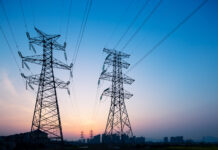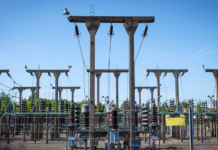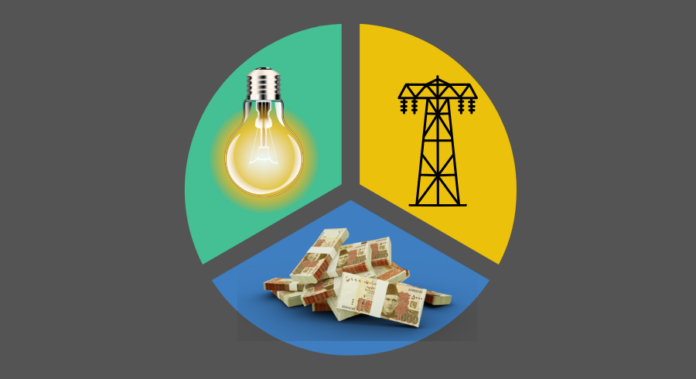The federal government is on track to reduce the power sector’s circular debt from Rs2.381 trillion to approximately Rs561 billion, following a payment of Rs1,275 billion secured from 18 commercial banks. This payment will cover liabilities owed by Power Holding Limited (PHL) and several power producers, The News reported, quoting a senior official from the Power Division.
The disbursement of the Rs1,275 billion will take place either this week or next, fulfilling a commitment made with the International Monetary Fund (IMF). The loan of Rs1,252 billion, borrowed from the commercial banks, will be used by the Central Power Purchase Agency-G (CPPA-G) to pay off Rs683 billion in PHL loans and clear Rs569 billion in interest-bearing arrears to power producers.
Once the payment is made, the circular debt will be reduced to Rs561 billion, with the updated figures to be posted on the Power Division’s official website.
The reduction in circular debt is largely attributed to the Task Force on the Power Sector, which includes PM Adviser Muhammad Ali, Lt General Zafar Iqbal, and experts from SECP, CPPA-G, and Nepra.
The Task Force negotiated with Independent Power Producers (IPPs) to clear Rs348 billion in arrears, including Rs127 billion through a budgeted subsidy and Rs221 billion paid by CPPA-G. Additionally, Rs387 billion in late payment interest was waived by IPPs.
However, Rs561 billion remains as circular debt, with Rs224 billion in non-interest-bearing liabilities and Rs337 billion in interest-bearing liabilities. This remaining debt will be addressed through reforms and improved efficiency in Distribution Companies (Discos).
Electricity consumers will repay the Rs1,275 billion loan through a Debt Service Surcharge (DSS) of Rs3.23 per unit, which is already included in electricity bills. The surcharge, which has been capped at 10%, will continue for the next six years to offload the loan, with no additional burden on consumers. The 10% cap on the surcharge has been removed at the IMF’s request, as it was previously a structural benchmark.
























